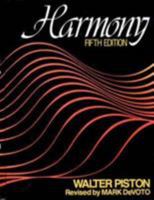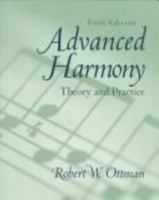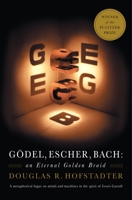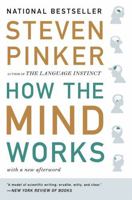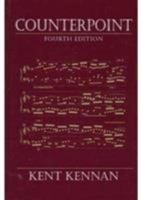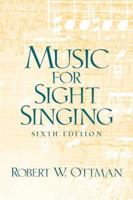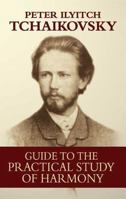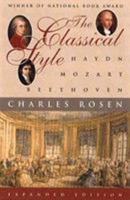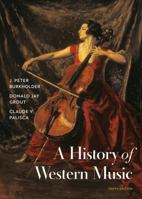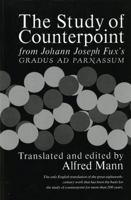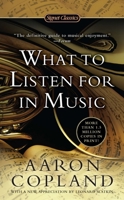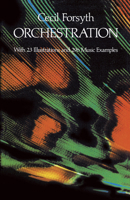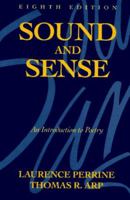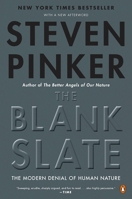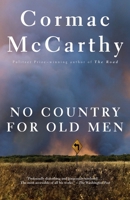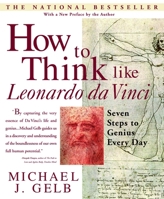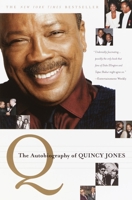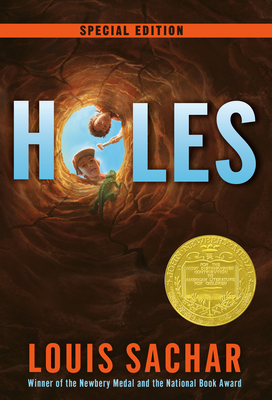Fundamentals of Musical Composition
Select Format
Select Condition 
Book Overview
You Might Also Enjoy
Customer Reviews
Rated 4 starsI think Schoenberg might be part Vulcan...
I don't particularly like Schoenberg's music, but I think he does quite well in this book, which primarily covers musical form ranging from the tiniest motif to the complete sonata. He goes into detail about how each part of a piece is structured from ever smaller elements down to the phrase and the motifs within it. Over all, it really does cover the fundamentals of musical composition well. The book covers a number of common...
0Report
Rated 4 starsDesigned as a text for student composers wanting to learn the basics of musical form
Schoenberg worked on this text as part of his work with students at UCLA. He worked on it until his death in 1951 and had revised it several times. It is meant for students of composition rather than general music students studying form. The terminology is often Schoenberg's own and he, of course, has many interesting and strongly held views and approaches. It is not a text on twelve-tone composition, but of traditional...
0Report
Rated 4 starsOne of the best works on musical forms
Arnold Schoemberg clearly demonstrates, through examples taken from baroque, classical and romantical pieces, the stuctural aspect of music; its small units, such as subjects, themes and phrases are explained in rich detail; the musical forms, like the minuet, rondo and sonata are also shown in full detail, allowing every music student to make contact with basic and advanced composition techniques. However, this is not...
0Report
Rated 4 starsExcellent introductory material about musical form.
This is an excellent book for musicians interested in dabbling in composition. It defines the basic terminology frequently used in composition and discusses the common forms: scherzo, theme and variations, rondo, and sonata-allegro. One of the most important things about this book is probably that it does not focus upon the theoretical aspect of music at all. Experience in harmonic structure is not necessary to read this book,...
0Report














